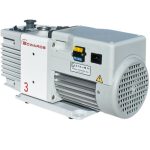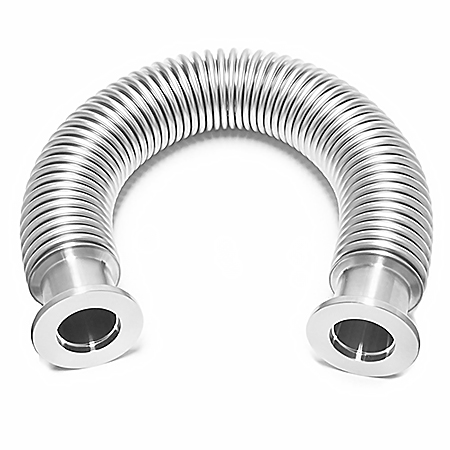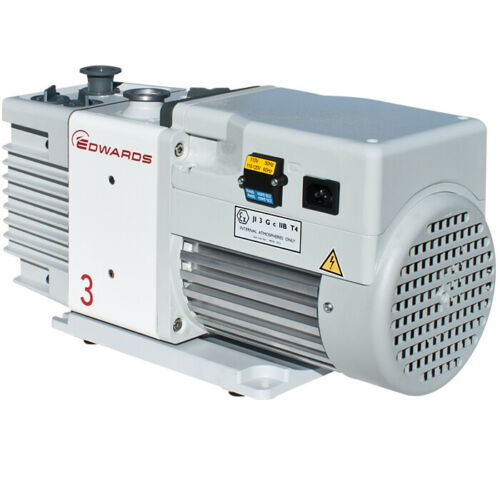
Water Ring Vacuum Pump Pipeline Installation Method
1 The shorter the distance between the vacuum system outlet and the pump inlet, the better;
2 The fewer bends in the pipeline, the better; the inlet pipeline should be higher than the inlet centerline of the pump, and the outlet pipe should avoid factors that cause greater resistance, such as climbing the outlet pipe, turning at right angles, etc .;
3 When the vacuum pump is stopped, the water level inside the vacuum pump cannot be higher than half the height of the vacuum pump itself, to prevent the vacuum pump from over-current when it starts.
4 The diameter of the inlet and outlet pipes should be the same as the inlet and outlet diameter of the vacuum pump. If the vacuum system is small, the inlet and outlet pipe diameter can be small, and the outlet diameter should be greater than or equal to the inlet pipe diameter;
5The water inlet pipe of the water ring vacuum pump should be equipped with a valve to adjust the amount of water inflow. The amount of water inflow has an effect on the degree of vacuum. When adjusting the water inflow, the valve is controlled by observing the pointer of the vacuum gauge.
6 A vacuum gauge is installed at the suction port of the vacuum system in order to grasp the change of the vacuum.
7 Install a valve on the pipeline of the suction port. When the vacuum reaches the limit, it will produce a lot of noise, called cavitation noise. There is a cavitation interface on the water ring pump. The installation pipeline needs to be the same as the atmosphere.
8 One of the important functions of circulating water is to cool the temperature generated when the vacuum pump is working. When the circulating water temperature exceeds 40 degrees, the degree of vacuum will decrease. Replenish or replace the cold water in time to reduce the temperature of the circulating water.






